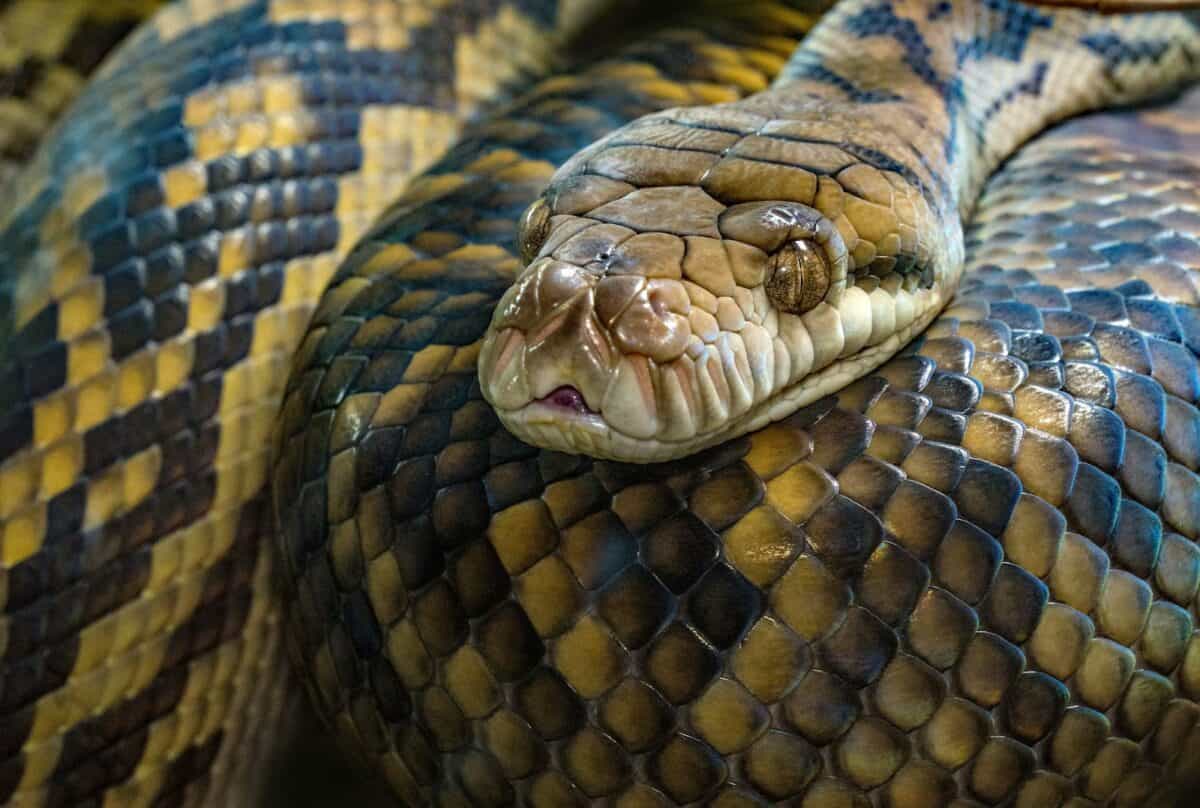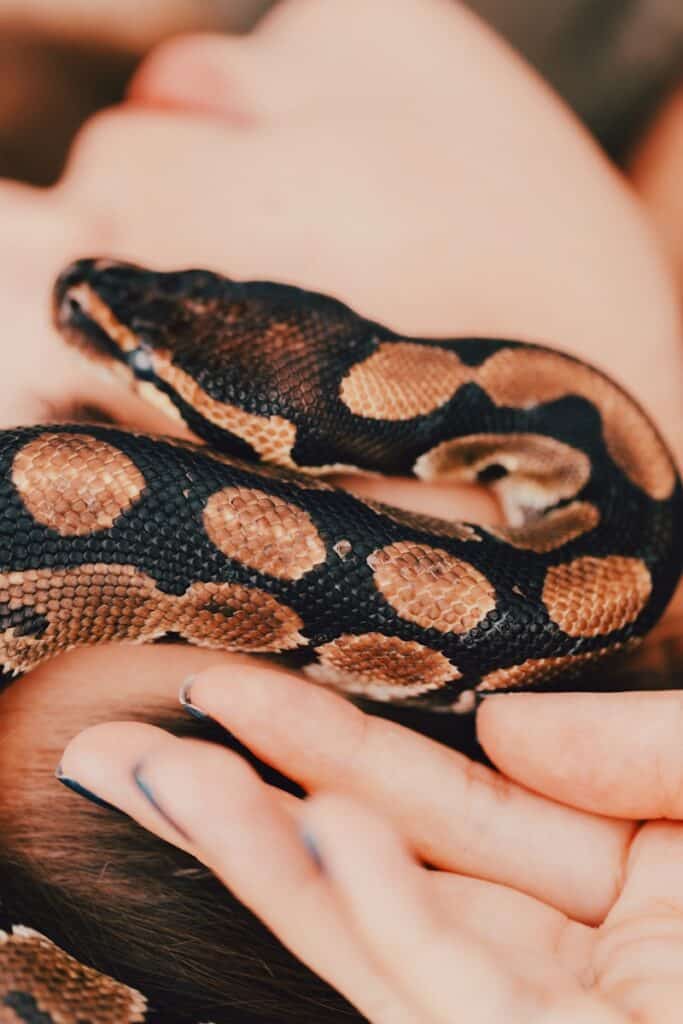The animal kingdom is full of fascinating behaviors and survival strategies, and few are as intriguing as that of snakes playing dead. This method, known as thanatosis, is a testament to the incredible adaptations animals develop to evade predators and survive in the wild. But what drives a snake to feign death? Let’s delve into this captivating topic to discover why some snakes resort to this dramatic method of self-preservation.
The Art of Disguise: An Introduction to Thanatosis

Thanatosis, or playing dead, is a fascinating survival technique employed by various animal species. It is a potent form of deception where the animal mimics the appearance and sometimes the smell of a dead creature to deter predators. This art of disguise allows them to avoid becoming a meal by convincing predators that they are no longer a viable target.
Understanding Snake Communication

Snakes primarily rely on body language and behavior to communicate and avoid threats. Unlike other animals that might use sounds or vibrant displays, snakes have mastered subtler forms of communication, often involving stillness and concealment. Playing dead can be seen as an extension of this communication style, signaling to predators that they are not worth the effort.
A Closer Look at Hognose Snakes

The hognose snake is perhaps the most famous practitioner of thanatosis. When threatened, it initially tries to ward off the predator with hissing and false strikes. If these tactics fail, it escalates to playing dead with an elaborate performance—rolling onto its back, opening its mouth, and even emitting a foul smell to mimic decay. This level of commitment often deters predators seeking fresh prey.
The Role of Predator Behavior

Predator behavior plays a significant role in why thanatosis can be effective. Many predators are opportunistic feeders who prefer fresh, easy-to-catch prey. A convincing display of death suggests to these predators that the meal may not be fresh, or worse, it could potentially carry disease. This hesitation often provides the snake ample time to escape once the predator has moved on.
Evolutionary Advantages

Playing dead is a successful evolutionary adaptation that provides certain snakes with a survival advantage. Over time, these behaviors are refined and passed down through generations. The most convincing actors, so to speak, are more likely to survive encounters with predators, allowing them to reproduce and pass on their genes.
Diverse Strategies for Diverse Threats

Not all threats are the same, and as such, the way snakes handle potential danger varies. While some rely solely on thanatosis, others might include bluffing or camouflage as part of their defensive repertoire. These diverse strategies increase the chances of survival by providing different methods to counteract varying types of threats in their environments.
Research Insights into Thanatosis

Researchers studying snake behavior have noted that thanatosis is not always a last resort. Some snakes appear to measure the risks before choosing this strategy, often reserving it for situations where other defenses have been unsuccessful. This calculated decision-making demonstrates a complex understanding of survival tactics.
Beyond Snakes: Other Animals That Play Dead

While hognose snakes are famous for thanatosis, they are not alone in this behavior. The opossum, certain species of insects, and some amphibians exhibit similar behaviors. Each species employs thanatosis slightly differently, tailoring the act to best suit their survival needs and ecological niches.
Misinterpretations of Thanatosis

In the animal-loving community, the sight of a snake seemingly convulsing and playing dead can be misinterpreted as distress or disease. However, this behavior is an instinctual response to danger and not a sign of ailment. Understanding this can help reduce unnecessary interventions by well-meaning humans.
Impact on Human-Snake Interactions

Understanding why snakes play dead can improve the relationship between humans and these misunderstood reptiles. Realizing that this behavior is a defense mechanism rather than aggression can foster a greater appreciation and reduce fears associated with encountering these fascinating creatures in the wild or as pets.
Preserving and Protecting Snake Habitats

Preservation of natural habitats ensures that snakes can employ their survival strategies successfully. Conservation efforts play a crucial role in maintaining ecosystems where snakes and their behaviors naturally evolve and thrive, thereby supporting biodiversity.
Thanatosis in snakes is a remarkable survival tactic illustrating the ingenuity of nature. By playing dead, these reptiles harness a unique form of self-protection that exemplifies the complex interactions between predator and prey. Understanding and appreciating this behavior not only highlights the intricate balance of ecosystems but also enhances our respect for these incredible creatures.
- The Coldest Town in America—And How People Survive There - August 9, 2025
- How Some Birds “Steal” Parenting Duties From Others - August 9, 2025
- 12 Deep-Sea Creatures You Won’t Believe Exist - August 9, 2025

